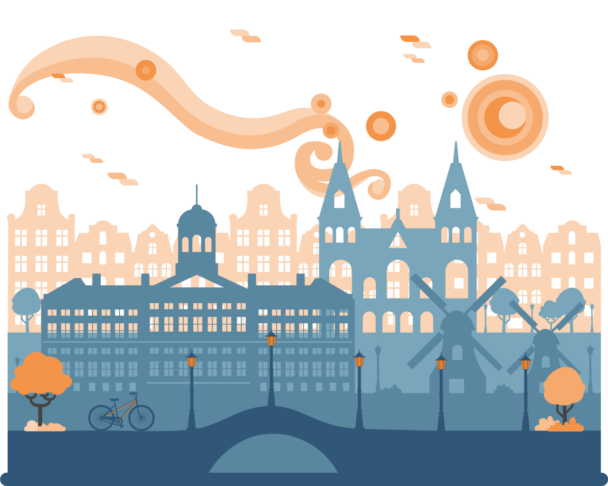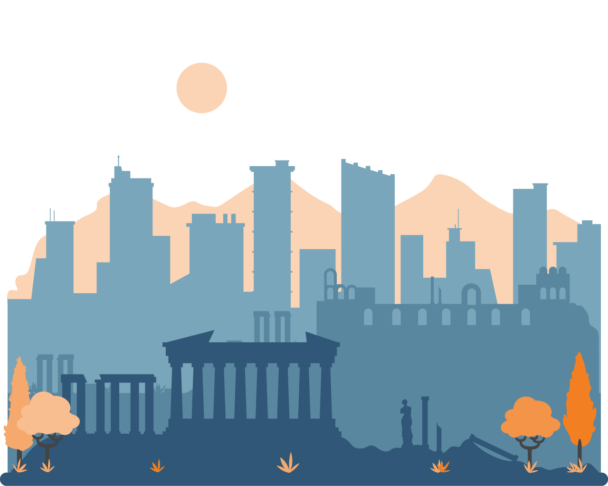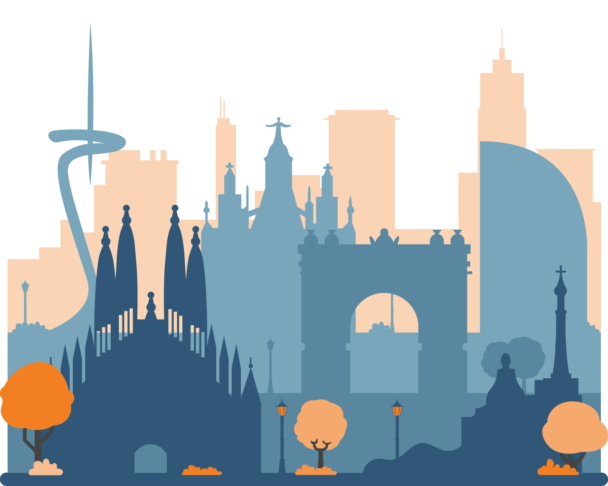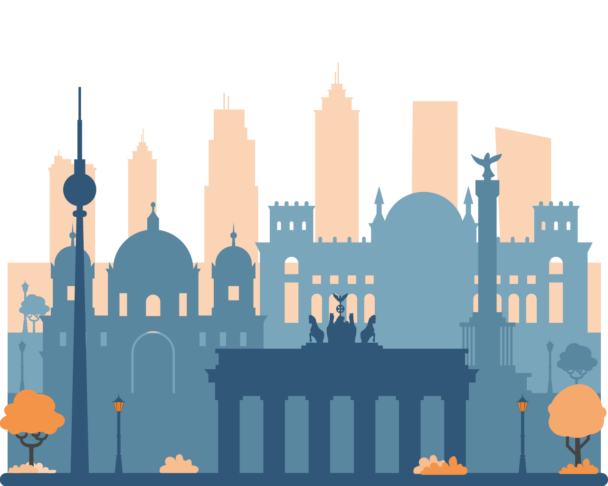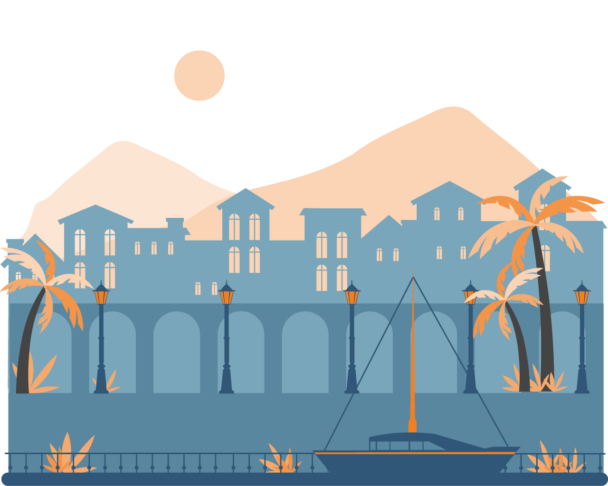Description
To keep pace with complex societies and jobs, educational environments should provide students with learning opportunities that integrate a variety of disciplines and skills.
There has been an increased investment in multidisciplinary initiatives in schools, but those activities are rarely planned properly, or sometimes they focus just on scientific subjects.
In addition, teachers sometimes feel like they lack the tools to organize their teaching so that learners can actually access content from broader, multidisciplinary perspectives.
This course aims to tackle the need for more complete multidisciplinary learning activities, and for the acquisition of 21st-century skills by introducing the participants to STEAM education.
Participants will learn how to involve students in useful and stimulating learning activities, in which Science, Technology, Engineering, and Mathematics (the basic components of STEM education) connect with the Arts in a broader sense.
Through STEAM, students can explore and experience the relationships between school subjects and real life, and have more chances for cross-disciplinary dialogue, inquiry, and problem-solving.
In this course, participants will acquire a practical understanding of what STEAM really is, how it differs from STEM, and how their own learning environments could incorporate STEAM activities effectively.
Participants will explore STEAM-style exercises and will collaborate to develop both “hard” and “soft” skills at the intersection between STEM subjects and Arts & Design.
By the end of this course, participants will have developed their own novel strategies and activities to incorporate STEAM learning into their classrooms.
What is included
Learning outcomes
The course will help the participants to:
- Identify the key features of STEM and STEAM;
- Define learning objectives that integrate STEM and Art & Design subjects to increase student engagement in learning;
- Connect and relate different subjects through creative STEAM activities, based on real-life and concrete experiences;
- Build an authentic STEAM lesson;
- Trust the importance of play, fun, and engagement in learning;
- Incorporate art and design-related skills into the general learning environment and curriculum.
Tentative schedule
Day 1 – Course introduction & improving your teaching
Course introduction
- Introduction to the course, the school, and the external week activities;
- Icebreaker activities.
Improving your teaching
- Introduction to STE(A)M;
- How to improve teaching;
- Teacher as a trainer;
- Presentations of the participants’ schools.
Day 2 – Starting a STEAM program
- How to start a STEAM program in your class;
- Individual and group practical activities;
- Cases presentation.
Day 3 – Practical activities
- Practical exercises, digital storytelling, creating, and designing.
Day 4 – Individual and group work
- Communication and collaboration in STE(A)M;
- Individual and group practical activities.
Day 5 – Work session
- Design and Technology and Work session: preparation of Masterpiece.
Day 6 – Course closure and cultural activities
- Course evaluation: round-up of acquired competencies, feedback, and discussion;
- Awarding of the course Certificate of Attendance;
- Excursion and other external cultural activities.

